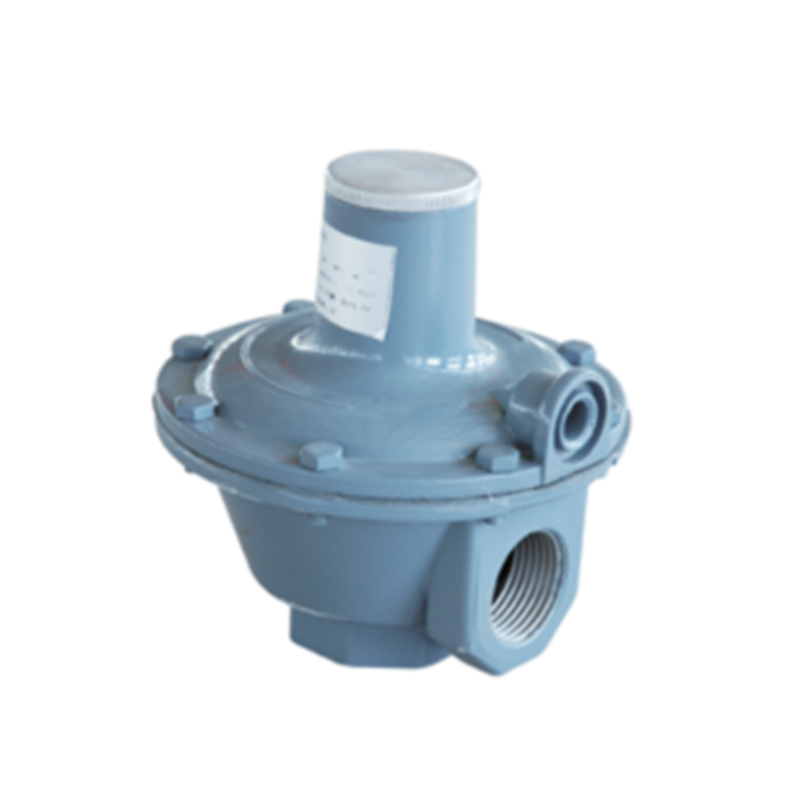
Nov . 22, 2024 09:38
Back to list
heat exchanger
Understanding Heat Exchangers A Vital Component in Thermal Management
Heat exchangers are crucial devices used in various industries for transferring heat from one medium to another. These devices are widely utilized in applications ranging from power generation to refrigeration, HVAC (heating, ventilation, and air conditioning), and even food processing. Understanding the fundamentals of heat exchangers is essential for optimizing system efficiency and ensuring effective thermal management.
What is a Heat Exchanger?
A heat exchanger is a system designed to efficiently transfer heat between two or more fluids without allowing them to mix. These fluids can be gases or liquids and may involve heating a cold fluid, cooling a hot fluid, or both. The fundamental principle behind a heat exchanger is based on the laws of thermodynamics, where heat energy flows from the hot fluid to the cold fluid until thermal equilibrium is reached.
Types of Heat Exchangers
Heat exchangers come in various designs, with the following being the most common types
1. Shell and Tube Heat Exchangers These consist of a series of tubes, one set carrying the hot fluid and the other carrying the cold fluid. The design allows for a large surface area for heat transfer, making it efficient for high-pressure applications, such as oil refineries and power plants.
2. Plate Heat Exchangers Made of multiple thin plates stacked together, this type offers a large surface area in a compact design. They are highly efficient and are frequently used in food processing, pharmaceuticals, and HVAC systems.
3. Air-Cooled Heat Exchangers These use air to cool a fluid, typically by passing air over a series of finned tubes. They are commonly found in power plants and engine cooling systems.
heat exchanger

4. Double-Pipe Heat Exchangers This simpler design consists of one pipe inside another. One fluid flows through the inner pipe while the other flows in the annular space between the two pipes; this is often used in small-scale applications.
Applications of Heat Exchangers
Heat exchangers play a vital role in many sectors. In the power industry, they are used for condensing steam back into water in steam power plants, enhancing efficiency. In HVAC systems, heat exchangers help maintain comfortable indoor environments by regulating temperature and humidity levels. In chemical processing, they facilitate precise temperature control of reactants, crucial for safe and efficient reactions.
In the food and beverage industry, heat exchangers are instrumental in pasteurization processes, ensuring food safety while minimizing nutrient loss. Similarly, in the automotive industry, they are essential for engine cooling, improving performance, and prolonging vehicle lifespan.
Challenges and Maintenance
Despite their efficiency, heat exchangers can face challenges such as fouling, corrosion, and scaling, which can significantly reduce their performance. Regular maintenance is essential to ensure their longevity and optimal operation. Cleaning is often necessary to remove buildup, and inspections should be performed to identify any signs of wear or damage.
Conclusion
Heat exchangers are indispensable components in modern thermal management systems. Their ability to efficiently transfer heat is critical in a plethora of applications, contributing to energy efficiency and operational reliability. As technology advances, the design and materials used in heat exchangers continue to improve, enabling more effective heat exchange processes and contributing to sustainable practices across industries. Understanding the various types and applications of heat exchangers allows engineers and technicians to make informed decisions about their implementation and maintenance, ultimately leading to enhanced performance and longevity in thermal systems.
Next:
Latest news
-
Safety Valve Spring-Loaded Design Overpressure ProtectionNewsJul.25,2025
-
Precision Voltage Regulator AC5 Accuracy Grade PerformanceNewsJul.25,2025
-
Natural Gas Pressure Regulating Skid Industrial Pipeline ApplicationsNewsJul.25,2025
-
Natural Gas Filter Stainless Steel Mesh Element DesignNewsJul.25,2025
-
Gas Pressure Regulator Valve Direct-Acting Spring-Loaded DesignNewsJul.25,2025
-
Decompression Equipment Multi-Stage Heat Exchange System DesignNewsJul.25,2025

